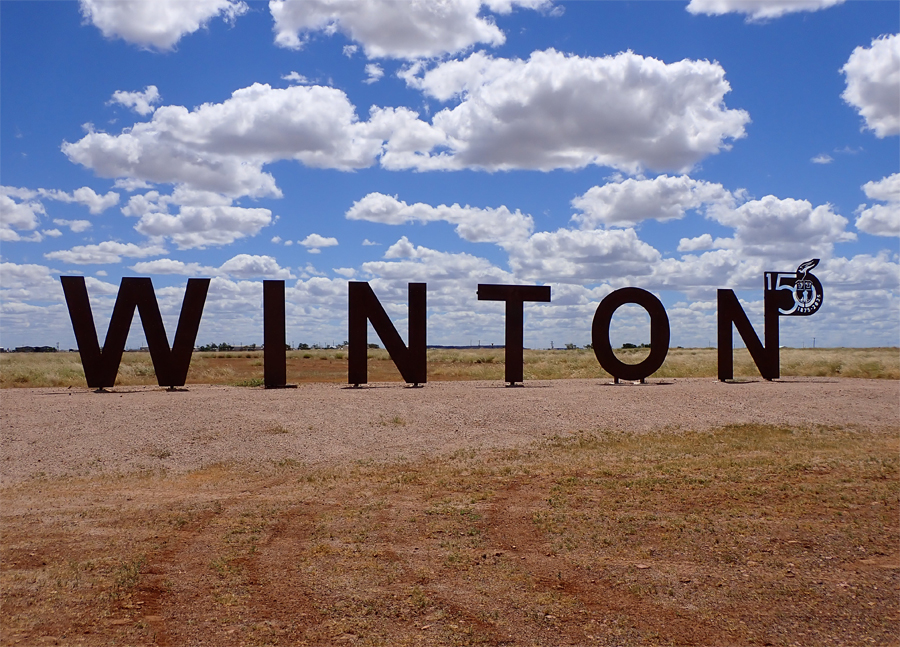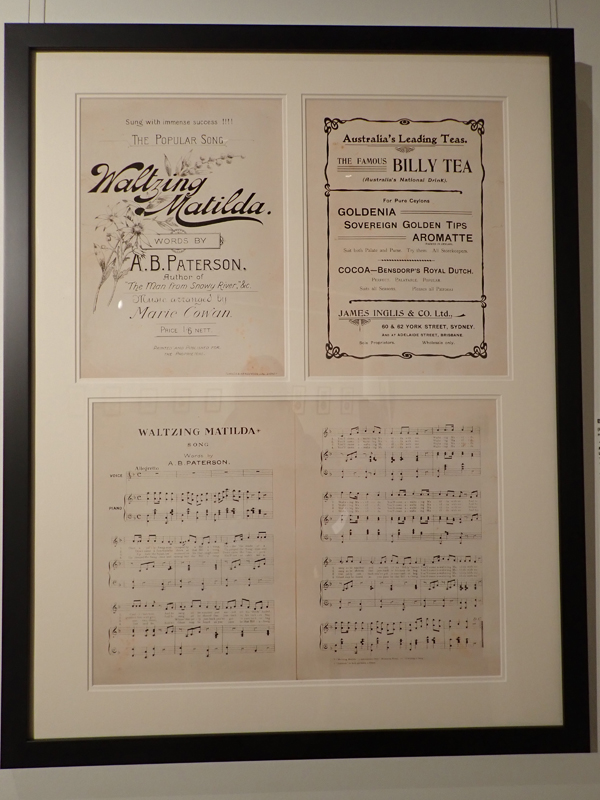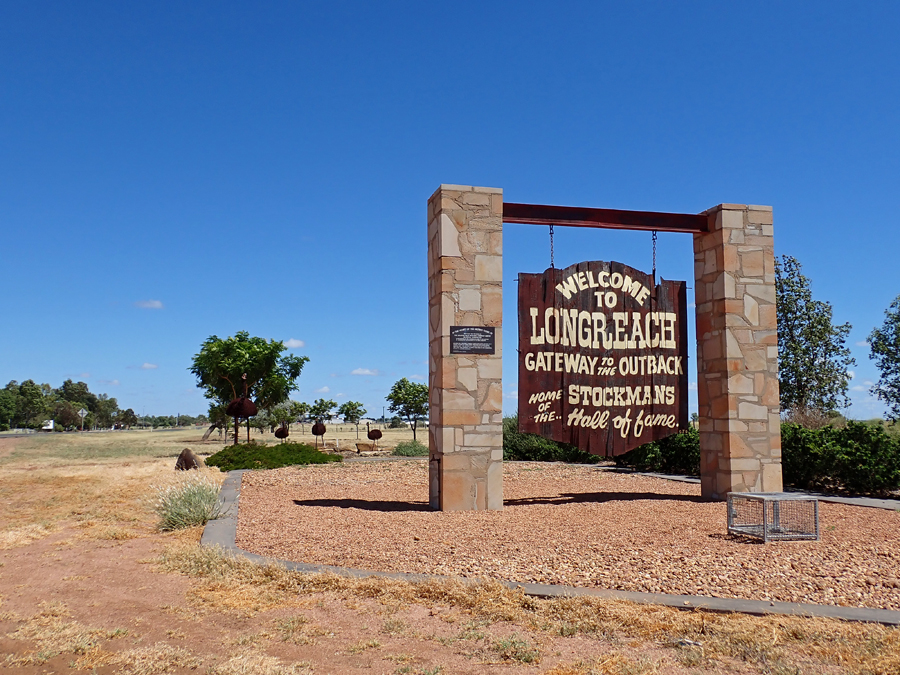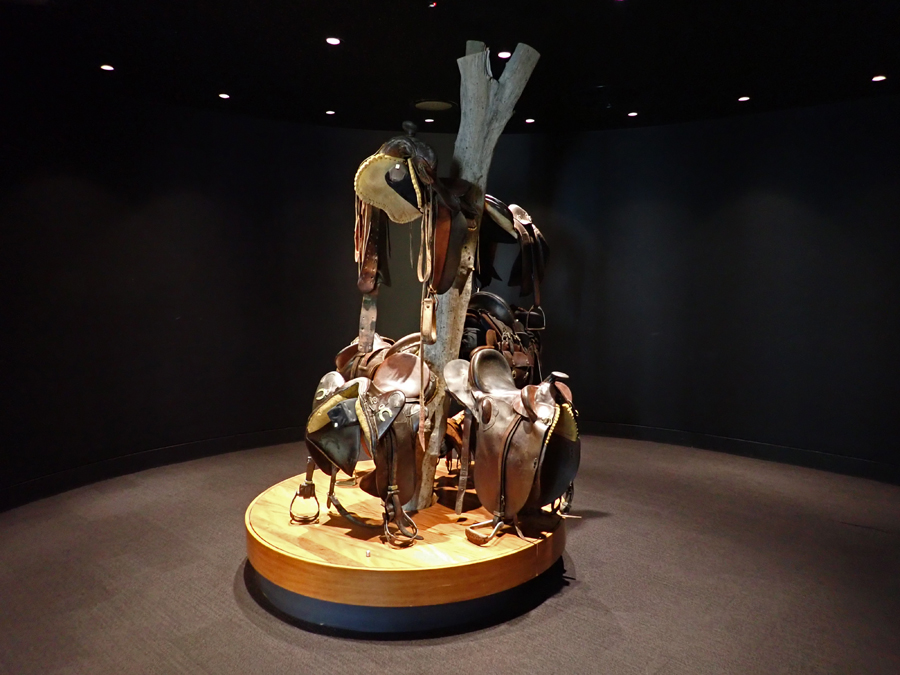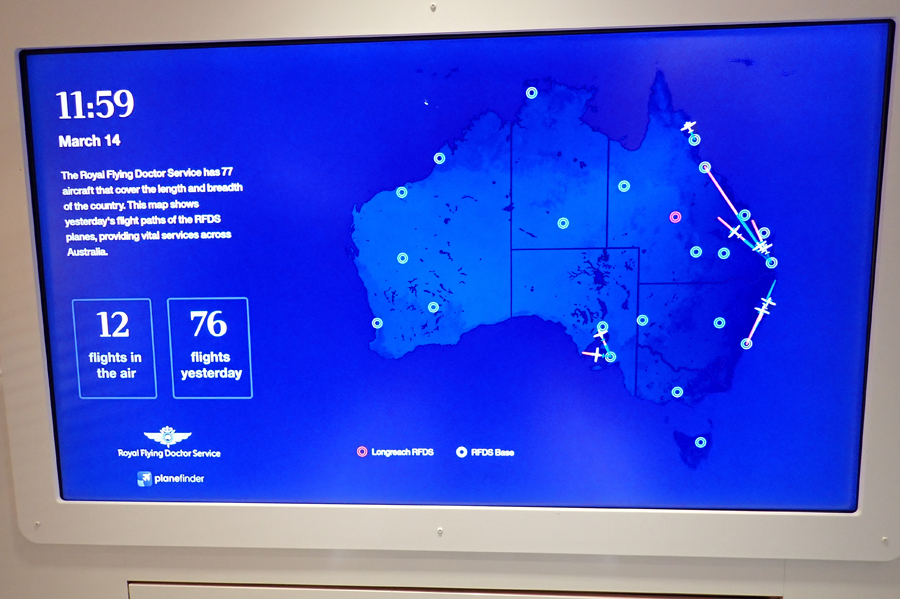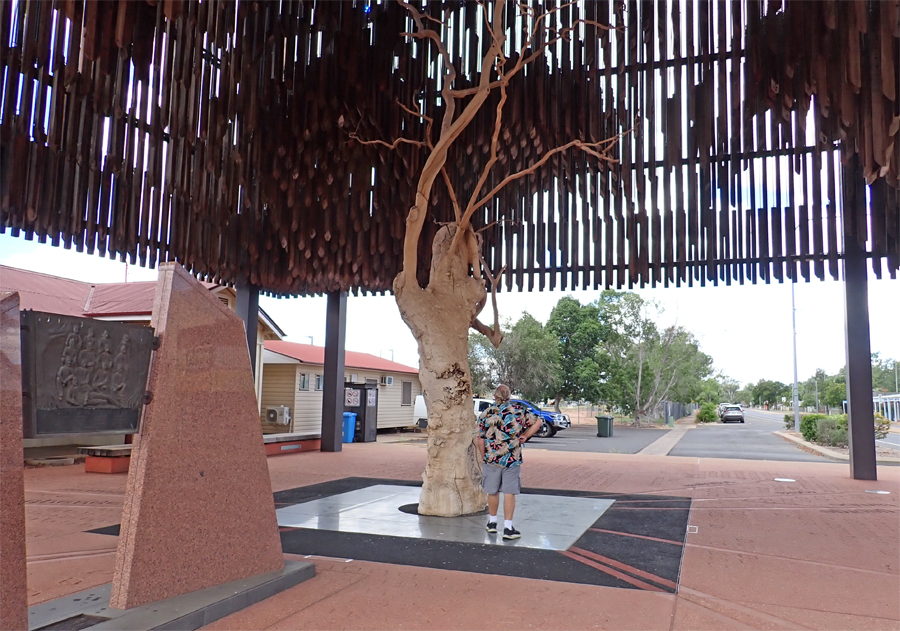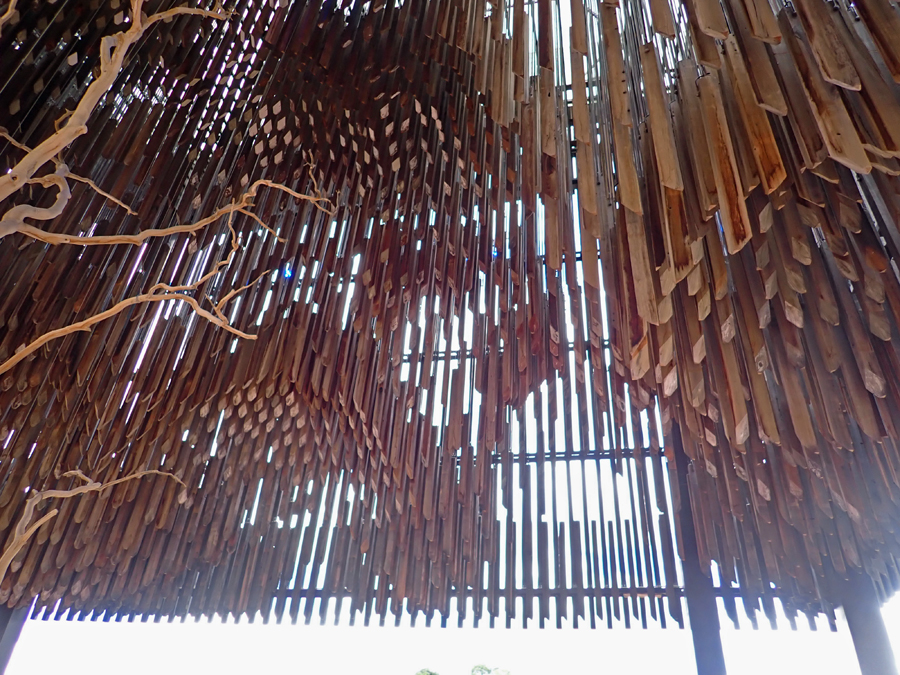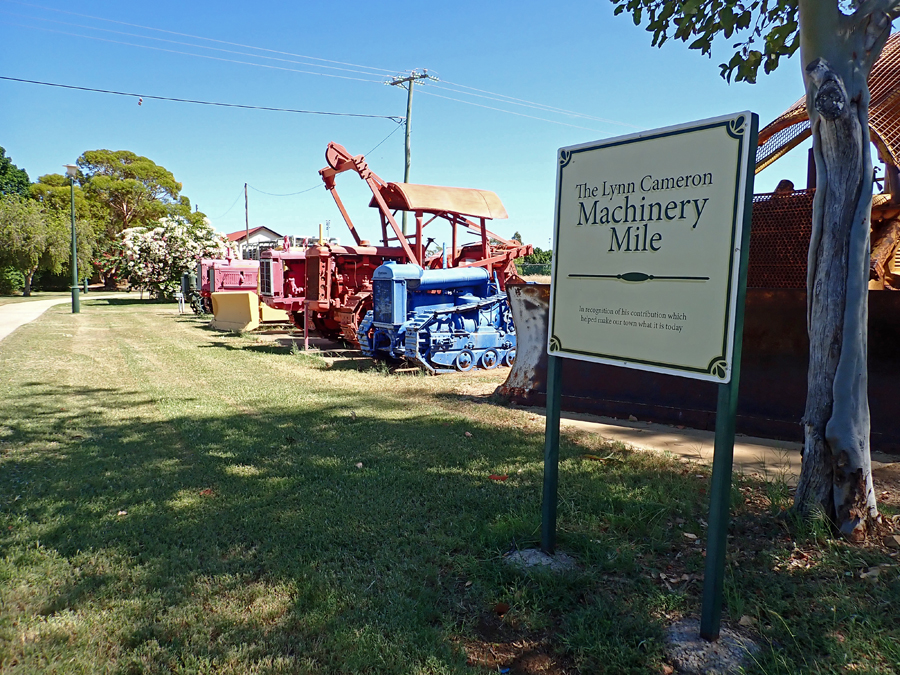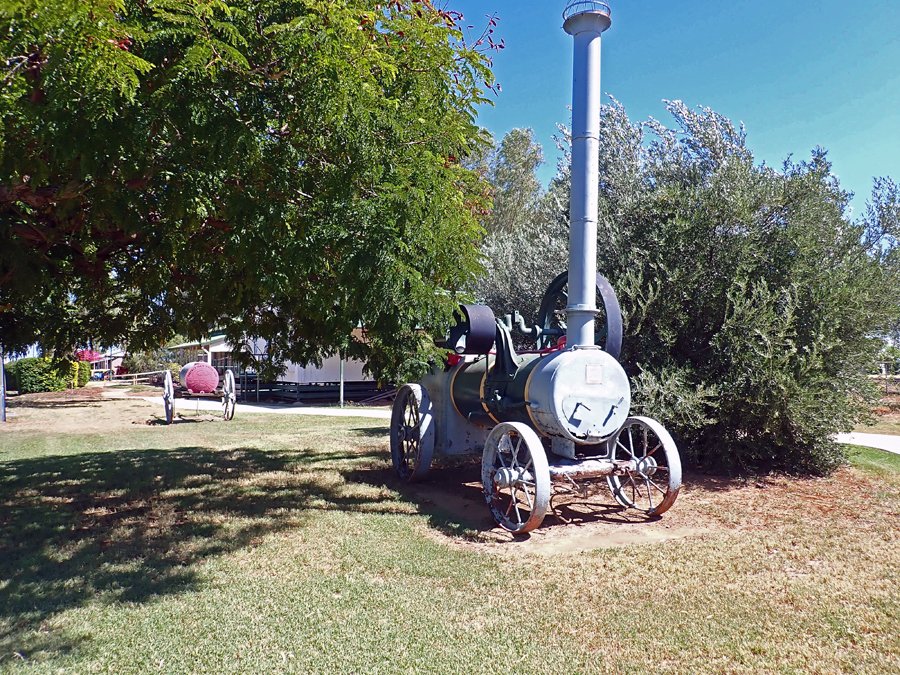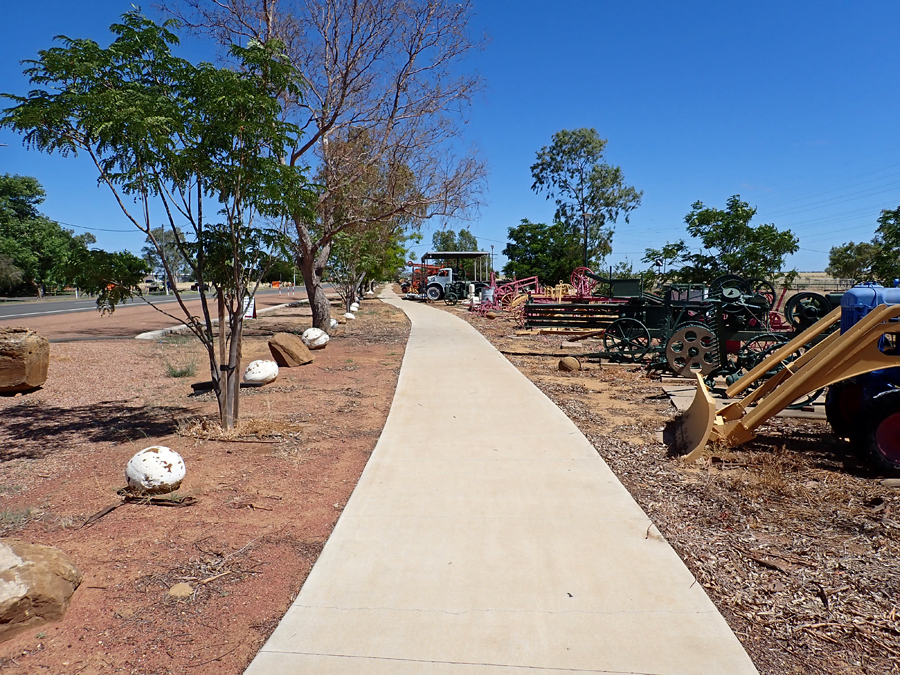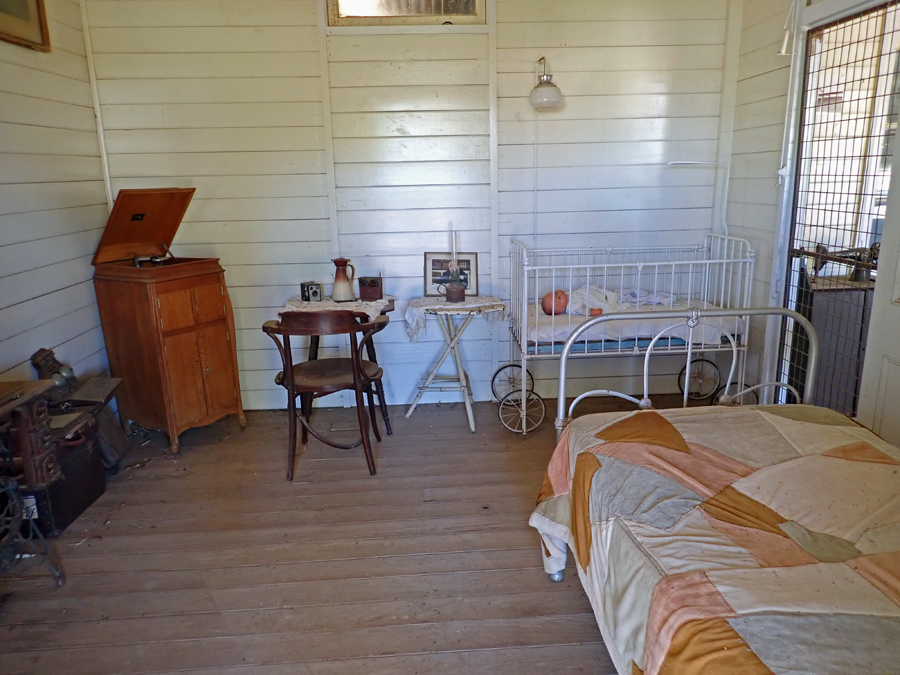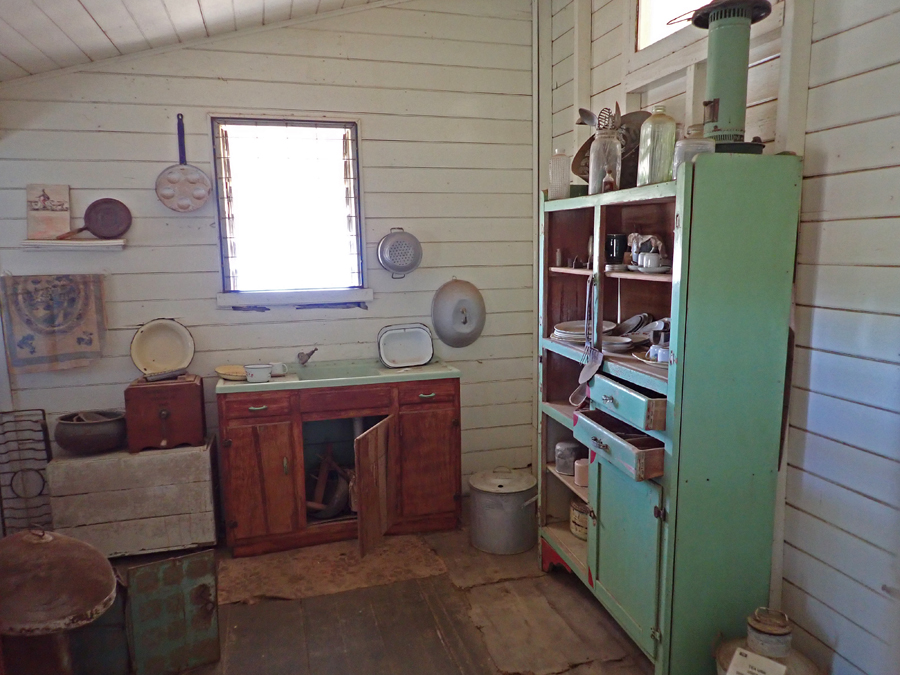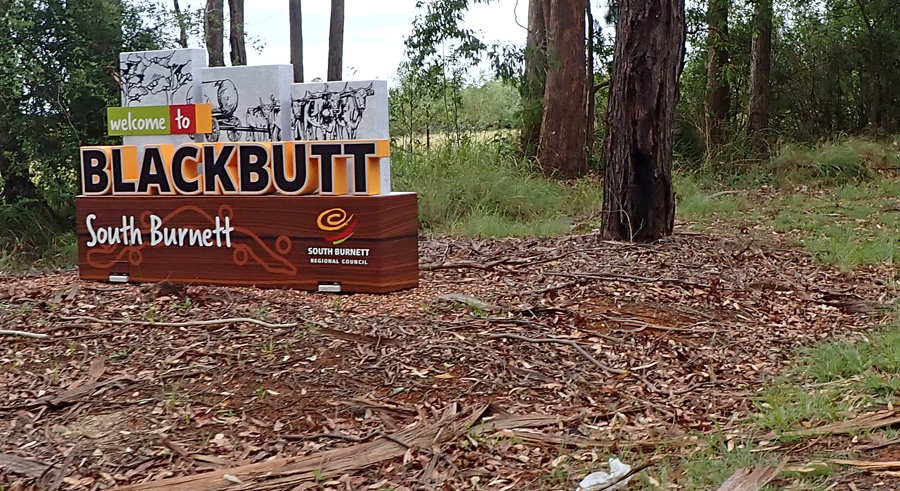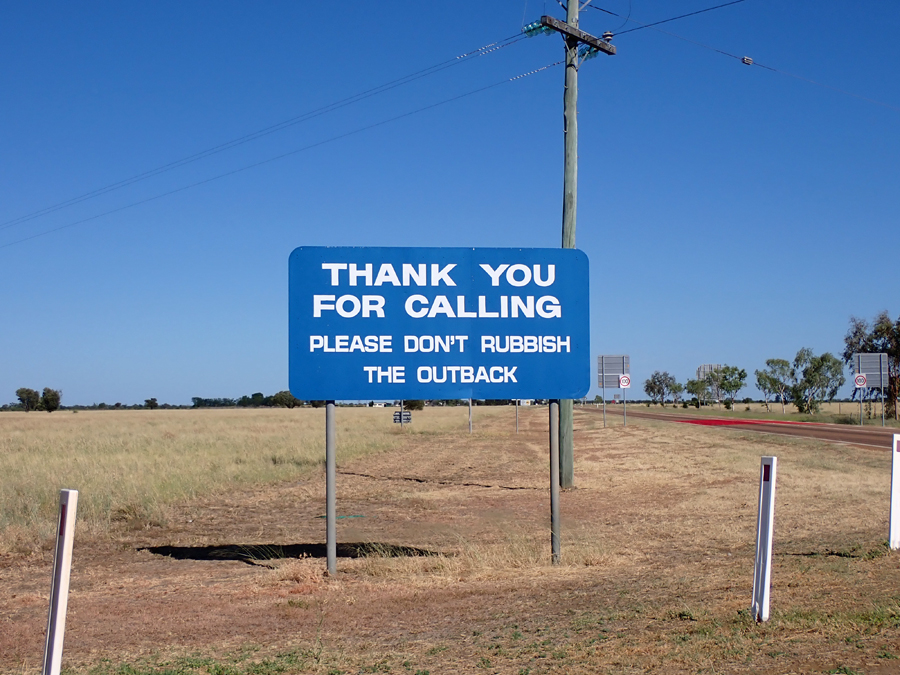I recently had a conversation with a woman in Winton, Australia. She and her husband had only just decided to make Winton their permanent home after several years of exploring the vast expanse of the country. Out of all the towns they visited, this was the one that resonated with them most deeply. When I asked her why they chose Winton, her answer was disarmingly familiar: “It just feels right.”
She couldn’t pinpoint a single reason why the town captured their hearts. Yes, Winton is a small community, but she noted there always seemed to be something happening. It’s remarkably easy to meet people. Still, above all else, it came down to a feeling—a sense of belonging that both she and her husband experienced after spending a bit of time there. She didn’t need to elaborate. I knew exactly what she meant.
There’s a small island in the Caribbean that once evoked the same feeling in me. There was nothing overtly logical or practical about wanting to live there. Yet I could easily envision spending the rest of my life in that place, completely content. Even though it is in a different ocean, Cindy has her favorite country that made her feel this way as well. The small island didn’t check any of the boxes Cindy and I typically consider “must-haves” when looking for a post-boat-life home. Still, I experienced a powerful, almost inexplicable sensation of home—just as this couple did with Winton.
Toward the end of our chat, we asked for a lunch recommendation, and she suggested the North Gregory Hotel, located on the town’s main drag. She noted they had an air-conditioned dining room and that the food was quite good. Honestly, she had me at “air conditioning.”
The hotel has quite a storied past. From their website:
The original North Gregory Hotel, built in 1879, was replaced by a grand two-story structure in 1899. However, tragedy struck in 1916 when a devastating fire reduced it to ashes. Undeterred, the hotel was rebuilt, only to be destroyed again by fire in 1946. Recognizing the hotel’s irreplaceable importance to Winton, the local council rallied to ensure its revival. Construction of the current brick building began in 1952, and in April 1955, the North Gregory Hotel reopened its doors—a resilient symbol of outback history and hospitality.
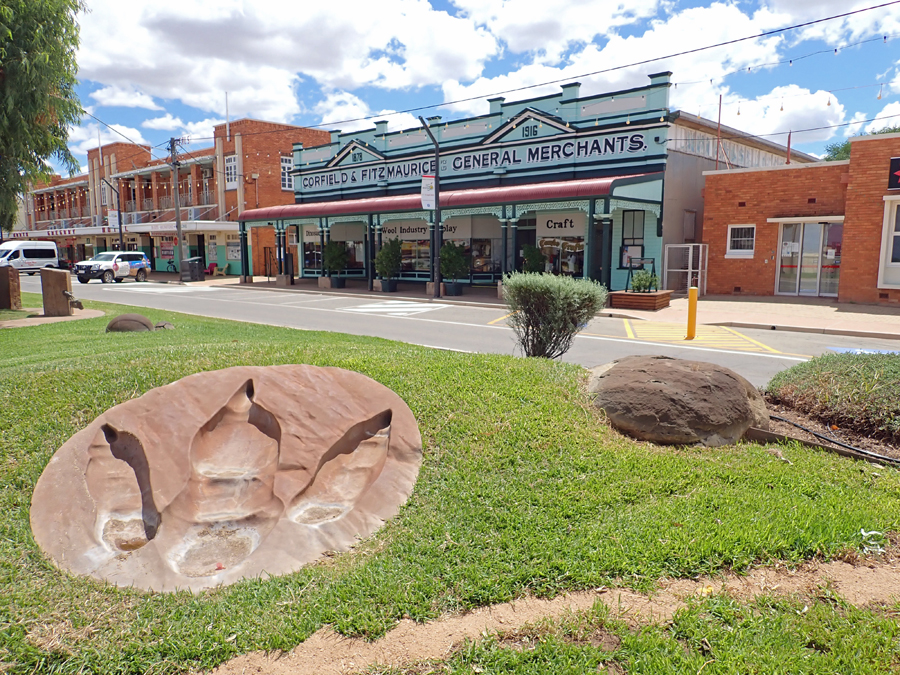
This sums up Winton: Dinosaur trails, the historic North Gregory Hotel (far left), general store – taken near The Waltzing Matilda Centre
It turns out the chicken Cobb salad alone is reason enough to consider relocating to Winton. Honestly, it was phenomenal. What’s funny is that our original travel guide suggested lunch at a place called “Tatt’s.” We searched all over the internet for a Tatt’s in Winton. Not surprisingly, that didn’t take long—Winton has a population of only about 850 people. It turns out Australians are fond of abbreviating everything. We fell prey to this.
Australians say “Oz” for Australia, “arvo” for afternoon, “barbie” for barbecue, and “Macca’s” for McDonald’s. After wandering through Winton’s compact town center, we spotted a charming hotel at the end of the street—Tattersalls Hotel. Of course! Tatt’s. No worries though—we may have outdone the guide this time.
So, why did we come to Winton? Have you ever heard the song Waltzing Matilda? Of course you have. I learned it as a child growing up in the UK. I never really understood the lyrics—or memorized them for that matter. It always sounded like another language. But that chorus—it’s undeniably catchy.
The first public performance of Waltzing Matilda took place right here at the North Gregory Hotel in Winton, on April 6, 1895. The song soon became Australia’s unofficial national anthem.
Another notable event in the hotel’s history: in the 1920s, it hosted discreet yet pivotal meetings where Winton locals laid the groundwork for what would become Queensland and Northern Territory Aerial Services—QANTAS, the airline known around the world. (Although the neighboring town of Longreach has sort of appropriated that legacy. More on that in a bit.)
During our outback travels, we made Longreach our base. It’s about a two-hour drive (180 km or 110 miles) east of Winton via the A2, making for an ideal day trip. As it turned out, the historic North Gregory Hotel was just the icing on the cake. The real reason for our visit was the Waltzing Matilda Centre. I wanted to understand more about this song I had sung as a child, which had somehow become intertwined with the soul of Australia.
Without rewriting Wikipedia, I’ll simply summarize: Waltzing Matilda has nothing to do with dancing, and there’s no woman named Matilda being waltzed. Reading that in the museum was one of those “Aha!” moments. I genuinely had no idea.
The Waltzing Matilda Centre was well worth the journey. Normally, I breeze through museums, while Cindy lingers, absorbing every detail. Uncharacteristically, I found myself captivated. We practically had the place to ourselves—two hours in, we finally saw another visitor. Winton really is in the middle of nowhere.
To understand the song, you need to appreciate the context of late 19th-century Australia. This is the purpose of the Waltzing Matilda Centre. The economy was fueled by sheep shearers and cattle station workers. Dagworth Station, located northwest of Winton, provided the backdrop for the song’s creation.
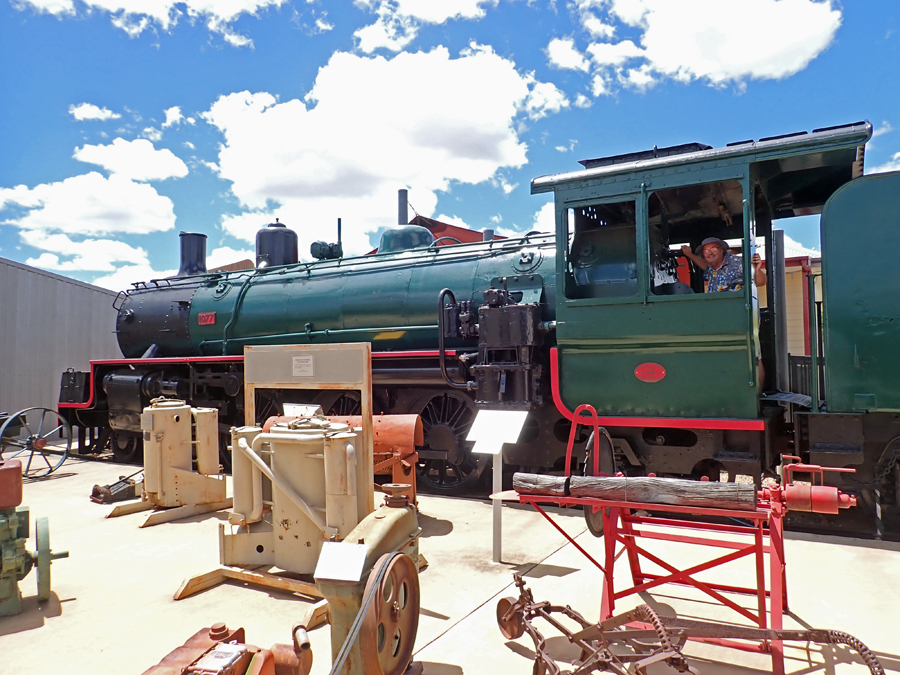
Out back (pun intended) of the museum are some really fun interactive exhibits (I’m not sure if they were supposed to be interactive)
It’s hard to believe it took me nearly a lifetime to understand the meaning behind a song I’d learned as a toddler. Now, if only someone could explain “Smells Like Teen Spirit” by Nirvana, or “Louie Louie” by The Kingsmen. Even the FBI couldn’t make sense of Louie Louie, despite an investigation in the ’60s. Turns out it was just a Jamaican party song—somehow, that explains a lot.
Another place we visited was the Australian Stockman’s Hall of Fame and Outback Heritage Centre in Longreach. The Australian stockman is akin to the American cowboy. This center is extraordinary—a must-see for anyone interested in exploring the rich tapestry of outback heritage. Founded by artist and former stockman Hugh Sawrey, it honors the enduring spirit of stockmen, drovers, pastoralists, and Indigenous Australians who shaped the nation’s rural identity. Queen Elizabeth II officially opened it in 1988.
Our visit began with a short film and led into immersive exhibits, rare artifacts, historical photographs, and personal accounts from outback pioneers. Highlights included the gold medals of legendary shearer Jackie Howe and a decommissioned Royal Flying Doctor Service (RFDS) aircraft. The newly renovated galleries feature state-of-the-art digital storytelling and interactive displays that bring history vividly to life.
I left with a profound sense of the resilience and grit required to live and work in the outback. The RFDS exhibit especially moved us. I hadn’t fully appreciated how remote some of these communities are, and how critical the RFDS is to saving lives.
At one exhibit, I listened to a story of someone badly injured in the bush. A radio call went out to the RFDS. Neighbors gathered to clear a makeshift runway. The RFDS pilots have a reputation of landing where few dare. Once the plane landed, the person was flown out—life saved. That story has played out thousands of times.
One of my favorite anecdotes was from a blacksmith who described the delicate balance of heating metal—too little and it won’t work, too much and it’s ruined. Rather than calling ruined metal a failure, he smiled and said, “I just succeeded in discovering another way that doesn’t work.” That made me grin.
Across the road is another museum, dedicated to QANTAS. So, why is this in Longreach when QANTAS was born in Winton? Because Longreach was the site of the airline’s first official airport and operational base. That said, the museum experience was… underwhelming.
We arrived around 9:30 a.m., only to be told by a smirking café attendant that general admission didn’t include access to the aircraft display. To see the planes—including the massive 747—we’d need to fork out $100 each for a private tour that had already departed at 8:30 a.m. That’s not mentioned clearly on the website—possibly by design.
The biggest attraction, front and center on everything they publish, is the 747 Jumbo Jet parked there. You can’t miss it driving down the street. It’s huge. In all the years I spent flying, I never stepped foot on a Jumbo Jet and sometimes wondered what they were like inside, especially the upstairs part. These planes are rather old now and most went out of service before my days as a road warrior. But, I’ve seen them in older movies and thought it might be cool to take a look satisfying nostalgic curiosity. That didn’t happen. We declined to pay the $100 each. No airplane interior, no matter how nostalgic, is worth that kind of upcharge.
Back aboard Cream Puff, our Aussie friends assured us we didn’t miss much. They said the general exhibits were “meh” and joked that the museum was run about as efficiently as the airline itself. One quipped that since taxpayers have bailed QANTAS out so many times, entry should be free.
Driving across Australia feels like a throwback to the glory days of Route 66 in the U.S.—a mix of adventure, freedom, and quirky roadside charm. While Route 66 has long been overtaken by interstate highways, Australia’s vastness and sparse population mean the two-lane roads still serve just fine.
Towns compete for attention not with neon, but with cow sculptures, giant kangaroos, dinosaur trails—and sometimes, dead trees.
One stop had the Tree of Knowledge. No, not the one from the Bible. This one, in Barcaldine, was a 200-year-old ghost gum where striking shearers met in 1891—an event pivotal to the founding of the Australian Labor Party. Sadly, it was poisoned in 2006, and despite investigations, the culprit remains unknown.
The poisoning remains an unsolved mystery. Authorities confirmed that the tree was deliberately poisoned with a significant amount of herbicide, likely glyphosate, poured over its roots . Despite investigations, no suspects were identified, and the motive remains speculative. Some community members suggested political motives, given the tree’s association with the Australian Labor Party, but no definitive conclusions were reached.

This tree housing is so big, it’s the first thing we saw on the horizon as we approached the town – we’re like, what the heck is that?
Another clever attraction was Machinery Mile—an open-air display of heavy equipment and free mini-museums that lured us in for a wander. At one point, a car pulled up beside us and a woman asked where to find coffee. I couldn’t help much, but we agreed the lone café at the edge of town was probably her best and only choice.
What we love most about traveling in Australia is doing business with locals. In these small towns, you won’t find many chain restaurants or hotels. Each place is unique, with real character—and often, the owner is the one welcoming you in or cooking your meal.
Cindy said her homesickness for small town life from when she grew up in Texas has been fulfilled on this trip.
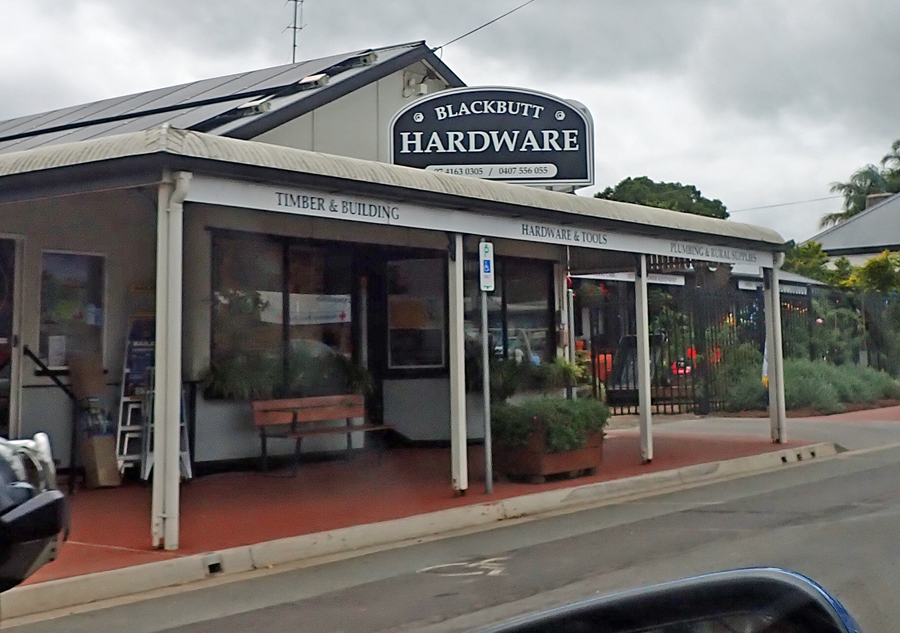
I can’t help but think a traveler from the Redlight District of Amsterdam might think this place offers “alternative” merchandise

We had a FANTASTIC breakfast here. Complete with fresh orange juice. We stopped because we were hungry and it looked nice. A small town surprise.
Unlike the cookie-cutter small towns in the U.S., where every Main Street is lined with the same franchises, Australian towns each have a personality. It might take a little while to find it but, I promise you it is there. If you’re even slightly outgoing, it’s easy to meet locals. A chat over a beer, or a conversation with someone who’s just chosen to start a new life here, opens doors.
The lady and her husband moving to Winton have found a small town with a personality to match their own. I hope they find joy and contentment in their new home.


